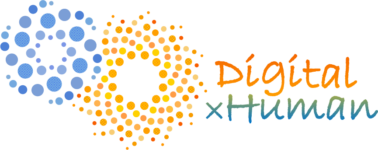First, we focus on ontology.
The research unit A01, “Construction of an Ontology that Contributes to the Integration of Multi-Modal, Big, and Precise Data in Psychotherapy,” we will use an expert-type artificial intelligence approach to organize psychotherapeutic actions as structured knowledge that can be understood by both computers and humans. We also aim to organize the vocabulary and build a search system. (PI: Takuichi Nishimura, Ph.D.).
Then there is words and sound.
The research unit A02, “Development of a Psychotherapy Support System Through the Application of Artificial Intelligence Technology to the Analysis of Natural Language,” will use words (natural language) that are spoken and written in psychotherapy (PI: Yoshitake Takebayashi, Ph.D.).
The research unit A03, “Application of Artificial Intelligence to the Analysis of Audio Information, for Symptom Identification and Prediction of Treatment Outcome,” will use speech uttered in psychotherapy (PI: Masaya Ito, Ph.D.).
Units A02 and A03 will apply artificial intelligence techniques such as machine learning to the analysis of language and speech data, respectively, to discriminate the mental states of people undergoing psychotherapy and to predict the therapeutic effects of psychotherapy.
Lastly, a network.
The research unit A04, “Elucidation of the High-Definition Action Mechanism of Psychotherapy Through Network Analysis,” we will attempt to elucidate in detail what symptoms are changed by what interventions and through what interactions in the course of psychotherapy by using mathematical statistics for the network theory (PI: Jun Kashihara, Ph.D.).
Comprehensively, this research area aims to leverage multi-modal, big, and precise data in psychotherapy, apply AI technologies to it, and achieve high definition in mental health care: “Ultra-High-Definition Mental Health Care”.
We expect that if we could successfully identify mental states and predict treatment trajectories using this approach, more data modalities such as facial expression, gestures, and bio-physiological data can be taken advantage of. Furthermore, we expected that the technology developed through this research can be applied to other areas that involve communications such as education, welfare, and service industry and benefit beyond the mental health field.

